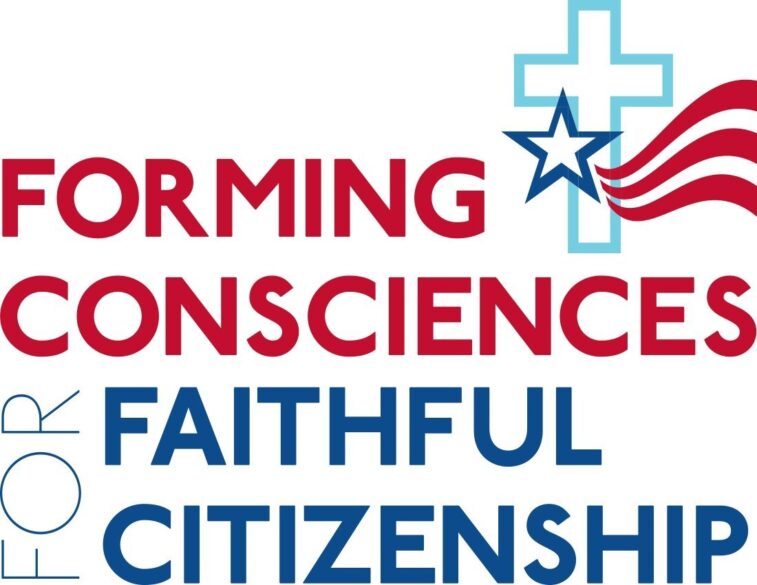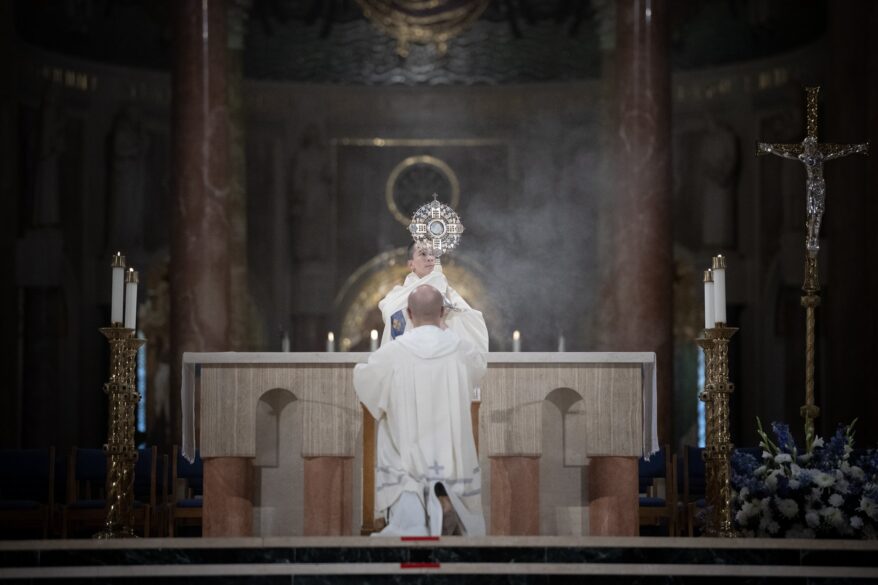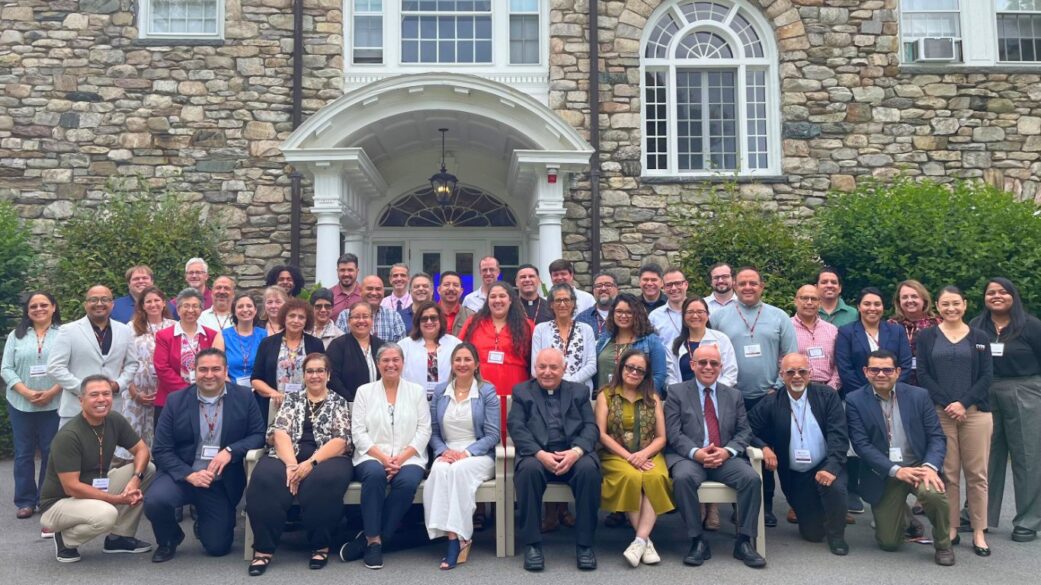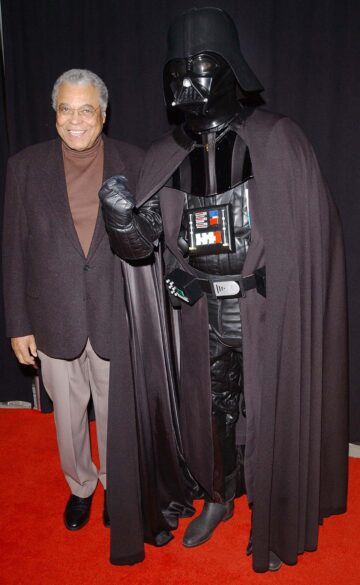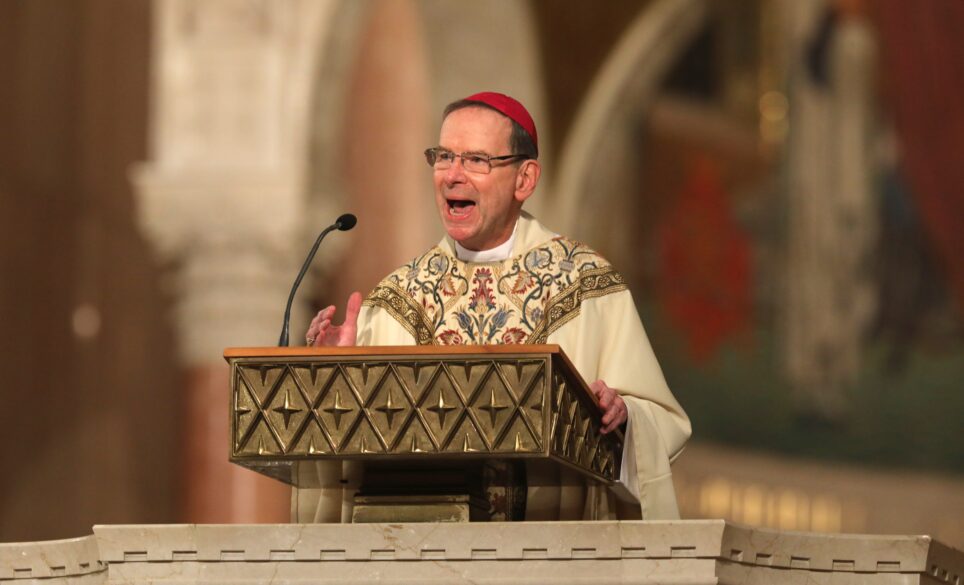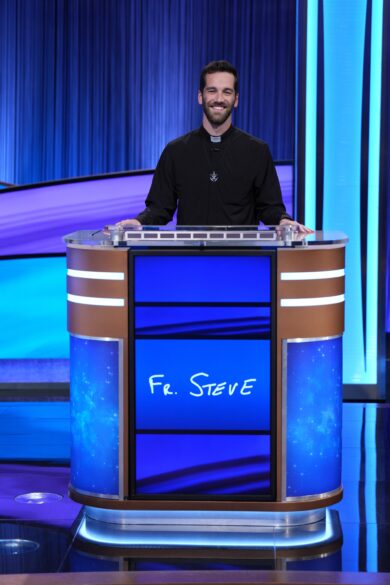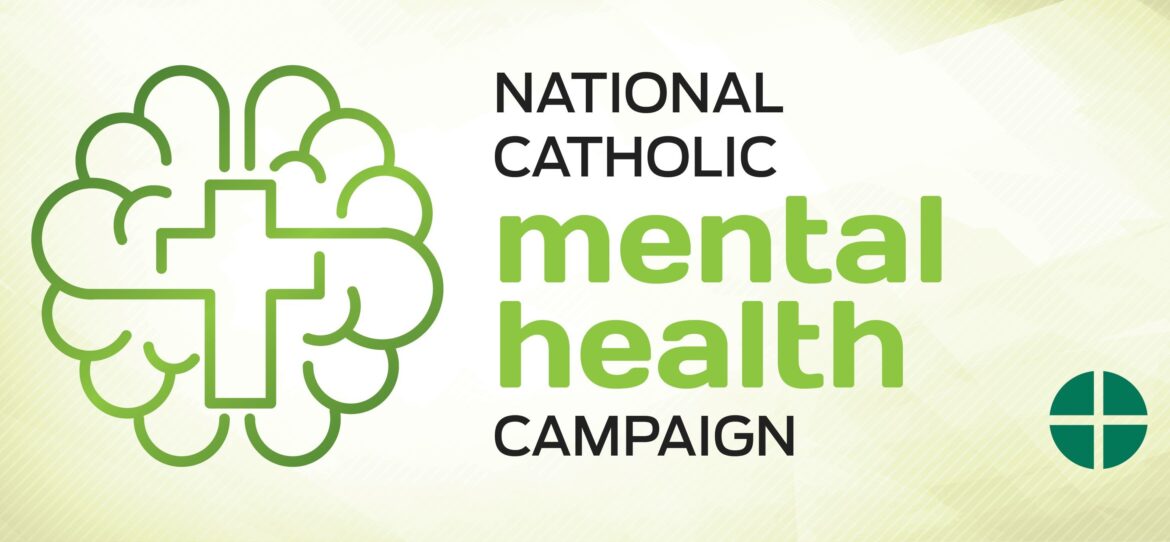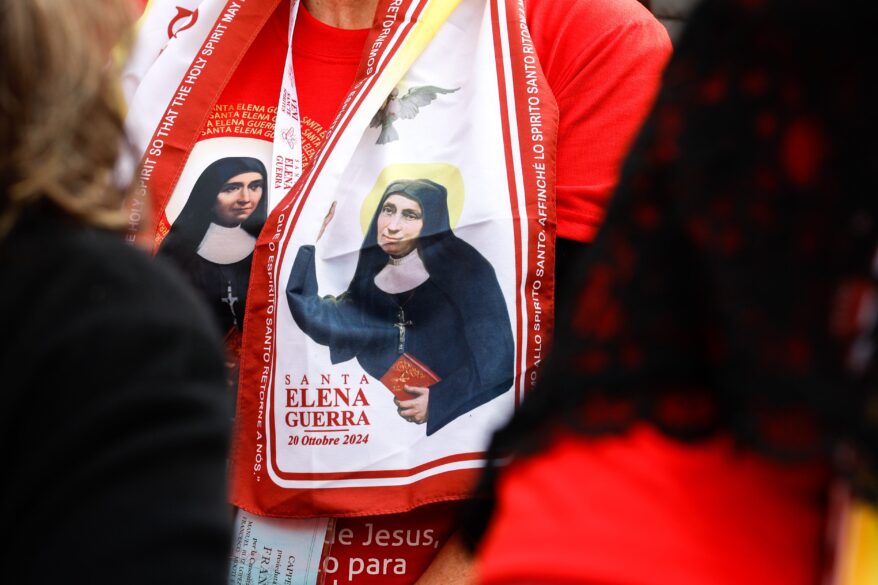
NATION
WASHINGTON (OSV News) – National Eucharistic Pilgrimage organizers are seeking eight young adults to spend six weeks traveling with the Eucharist from Indiana to California next summer as perpetual pilgrims in the United States’ second national Eucharistic pilgrimage. The route is scheduled to begin Pentecost Sunday, May 18, following a Mass of thanksgiving in Indianapolis and end in Los Angeles on the feast of Corpus Christi June 22 with a special event hosted by the National Eucharistic Congress Inc. and a citywide Eucharistic procession. The pilgrimage route will cover several Southwestern states, with route details forthcoming in early 2025. The pilgrimage expects to visit the tomb of Father Emil Kapaun, a servant of God, in Wichita, Kansas, and the Blessed Stanley Rother Shrine in Oklahoma City. The route’s perpetual pilgrims will be accompanied by two chaplains and participate in weekly service projects in communities they visit. The 2025 National Eucharistic Pilgrimage was inspired by last year’s first-ever National Eucharistic Pilgrimage that preceded the National Eucharistic Congress in July. Perpetual pilgrim applications are due Nov. 1. More information is available at eucharisticpilgrimage.org.
WASHINGTON (OSV News) – The U.S. bishops are gathering in Baltimore Nov. 11-14 for their 2024 fall general assembly, which takes place just weeks after the conclusion of the second session of the Catholic Church’s synod on synodality in Rome. Only two days of the U.S. Conference of Catholic Bishops’ meeting, Nov. 12-13, will be public and livestreamed on the conference’s website. As in years past, Cardinal Christophe Pierre, the papal nuncio to the U.S., and Archbishop Timothy P. Broglio of the U.S. Archdiocese for the Military Services, president of the USCCB, will both address the assembly. Although the conference said its agenda for the November assembly is subject to change, the bishops plan to consider updates for a collaborative effort on Dignitas Infinita which concerns human dignity; an update on the interim implementation of Antiquum Ministerium, which concerns the ministry of the catechist; the pastoral implementation of Pope Francis’ teaching document Laudato si’, which concerns environmental stewardship; as well as the conference’s mission directive for the years 2025-2028. The bishops also plan to have a consultation on the sainthood causes of Sister Annella Zervas, a professed religious of the Order of St. Benedict, and for the Servant of God Gertrude Agnes Barber. During the assembly, the bishops will vote for the new conference treasurer, as well as chairmen-elect of five conference committees.
VATICAN
VATICAN CITY (CNS) – Pope Francis called on the faithful to yearn to serve, not thirst for power, as he proclaimed 14 new saints, including Canada-born St. Marie-Léonie Paradis, founder of the Little Sisters of the Holy Family, and 11 martyrs. “Those who dominate do not win, only those who serve out of love,” he said Oct. 20, World Mission Sunday, in St. Peter’s Square. “When we learn to serve, our every gesture of attention and care, every expression of tenderness, every work of mercy becomes a reflection of God’s love,” he said. “And so, we continue Jesus’ work in the world.” The pope said the new saints lived Jesus’ way of service. “The faith and the apostolate they carried out did not feed their worldly desires and hunger for power but, on the contrary, they made themselves servants of their brothers and sisters, creative in doing the good, steadfast in difficulties and generous to the end.” “This is what we should yearn for: not power, but service. Service is the Christian way of life,” he said.
WORLD
LIVERPOOL, England (OSV News) – A court has convicted a British army veteran of violating a “buffer zone” around an abortion clinic after he prayed silently within the boundary. Adam Smith-Connor was given a conditional discharge – in which a fine or prison sentence will be imposed if he repeats his offense in the next two years – and ordered to pay prosecution costs of 9,000 British pounds (US $11,700). The Oct. 16 judgment of the Bournemouth, Christchurch & Poole Council, or court, on England’s south coast, represents the first time anyone has been convicted for praying silently outside an abortion facility in the U.K. The court decided that his posture had expressed “disapproval for abortion,” noting that his hands were joined in prayer and his head was bowed solemnly. Afterward, Smith-Connor said: “Today, the court has decided that certain thoughts – silent thoughts – can be illegal in the United Kingdom. That cannot be right. All I did was pray to God, in the privacy of my own mind – and yet I stand convicted as a criminal.” Jeremiah Igunnubole, legal counsel for ADF UK, described the ruling as “a legal turning point of immense proportions.” “A man has been convicted today because of the content of his thoughts – his prayers to God – on the public streets of England,” he said.
OUAGADOUGOU, Burkina Faso (OSV News) – In an early October massacre, at least 150 people, including many Christians, were killed in northeastern Burkina Faso’s town of Manni, in what turned out to be a brutal terrorist rampage. Days after the massacre, Aid to the Church in Need, a pontifical charity working for the cause of persecuted Christians globally, learned that the attack had occurred Oct. 6. Manni is home to a large Catholic community, and many Christians, as well as Muslims, were killed in the massacre, ACN said on the organization’s website. Sources told ACN that the terrorists first cut mobile phone networks before attacking the local market, where many people had gathered after Sunday Mass. “They then opened fire indiscriminately, looted shops and set fire to several buildings, burning some victims alive. The same sources reported that the next day, the perpetrators returned to attack medical staff and kill the many wounded in the city’s hospital,” ACN said. A new incursion took place two days later, when the terrorists again invaded the town of Manni, massacring all the men they could find. Many of the victims were residents from nearby villages who had sought refuge in Manni after being driven out of their homes by terrorists. “The situation is beyond horrific,” one of the local sources told ACN. “But even if the terrorists burned everything, they didn’t burn our faith!”

